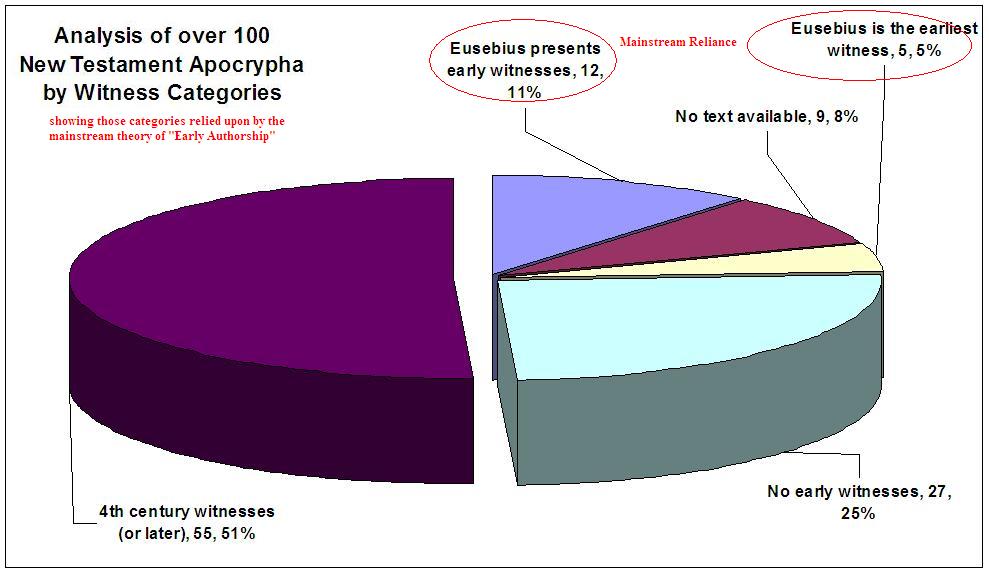
 |
Freethought & Rationalism ArchiveThe archives are read only. |
|
|
#11 |
|
Veteran Member
Join Date: Jun 2010
Location: seattle, wa
Posts: 9,337
|
The original story is posted here at my blog - http://stephanhuller.blogspot.com/20...-lifelong.html
If you are at all familiar with Kirkland WA this is the furthest thing from an exciting urban hub. No, we ate, had an otherwise unmemorable conversation, my son and my dog were competing for who could damage more of my neighbor's furniture. Went home. Another day in suburbia. |
|
|
|
|
#12 | |
|
Veteran Member
Join Date: Oct 2004
Location: Bordeaux France
Posts: 2,796
|
Quote:
Most of the data have been found on www.textexcavation.com of Ben C. Smith. |
|
|
|
|
|
#13 | |
|
Junior Member
Join Date: Apr 2007
Location: Dallas, TX
Posts: 79
|
Quote:
I think Huan was asking whether the archaeological team was claiming to have found the tomb of the apostle or the evangelist. And I think, based on a brief wander 'round the internet, that the head archaeologist believes the apostle and evangelist to have been the same person. As for my personal opinion on the "which Phillip" question -- I honestly don't care enough to have an opinion. As for the tomb, the chronology doesn't add up. The Martyrion, which had been the traditional burial place of whichever Phillip, was built c. 400, and it's a fairly elaborate church plan. The community had some money at that point and hired a good architect to lay out the building. But all the attempts of archaeologists to find a tomb of Phillip in the center of the Martyrion, where it is supposed to be, have failed. This team found another church -- a somewhat humbler church -- 40 m away, and this church has a tomb. The team has explained that sometime in the 5th century, the remains of Phillip were moved to this humbler church. But, that just doesn't make sense. I can see things happening the other way around -- a group builds a church over the tomb of one of their founders, then makes enough money to buy a bigger church and moves the tomb into the bigger church. But I can't see them making the move in reverse, nor can I see them abandoning the supposed remains of their missionary founder in the husk of an abandoned building. And as for the authenticity of any tomb purported to be that of a biblical figure -- let's just say that given the history of the Catholic Funerary Tourism Industry over many centuries, I'm starting at "highly dubious" and won't budge from that until some compelling evidence shows up. |
|
|
|
|
|
#14 | ||
|
Veteran Member
Join Date: Aug 2004
Location: Orlando
Posts: 2,014
|
Hi gupwalla,
Sorry, I didn't mean to suggest that you were supporting this conclusion. I was just making fun of D'Andria. He should know better than to make such a fantastic claim without presenting his evidence. It is really like someone claiming that they have found a non-terrestrial alien body. You just make yourself look like a crackpot and don't convince anybody who doesn't already believe that space-creatures are here. Warmly, Jay Raskin Quote:
|
||
|
|
|
|
#15 | |
|
Junior Member
Join Date: Apr 2007
Location: Dallas, TX
Posts: 79
|
Quote:
We can at least be amazed and astonished that after many years of digging, D'Andria's team has finally managed to find a tomb in a city renowned for its necropolis. I am interested in seeing the artwork and artifacts from the tomb. I am reasonably sure they will tell us more about the 5th century than the 1st, though. |
|
|
|
|
|
#16 | |
|
Contributor
Join Date: Jun 2000
Location: Los Angeles area
Posts: 40,549
|
BAR Press Release
Conversion, Crucifixion and Celebration: St. Philip’s Martyrium at Hierapolis draws thousands over the centuries By Francesco D’Andria The article starts by recounting the fantastic tales from the Acts of Phillip, then goes on Quote:
How often are the apocryphal Acts used as a guide to archaeology? |
|
|
|
|
|
#17 | ||||
|
Contributor
Join Date: Mar 2006
Location: Falls Creek, Oz.
Posts: 11,192
|
Quote:
There is also the Syriac Narrative of the Acts of Philip that appears to be some sort of joke. It commences as follows Quote:
Quote:
 To answer your question more generally, there is very very little archaeology, and all of it is being attempted to be claimed by the canonical book followers. (e.g. Dura). Many of the apocryphal acts mention the destruction of the pagan temples by the apostles or the apostles dividing up the conversion of the nations by casting lots. These things are 4th century as well. I cannot think (at the moment) of a single example where the apocryphal Acts (or Gospels etc) are used as a guide to archaeology. But I would be interested to be proved wrong with an exception to this "rule". |
||||
|
|
| Thread Tools | Search this Thread |
|